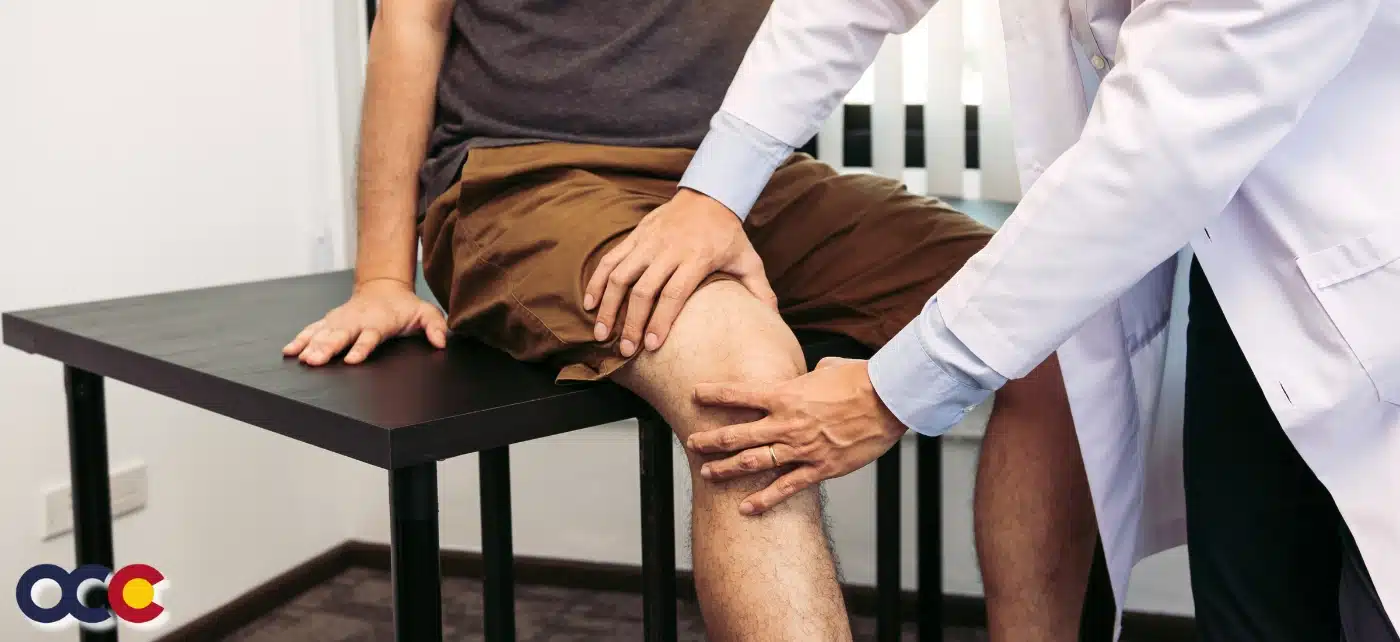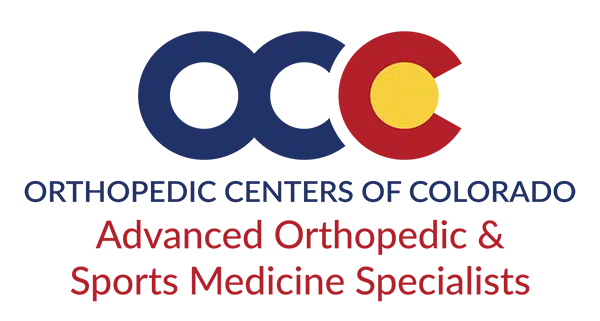The knee is the likeliest joint in the body to develop arthritis and can significantly impact your life. Activities you once participated in readily can suddenly be challenging and can cause significant pain. It is a major cause of lost work time and a severe disability for many people. When other treatments no longer offer relief, a knee osteotomy can treat pain, help slow the deterioration of cartilage in the knee, and may delay your need for knee replacement surgery for many years. Osteotomy of the knee has been used for decades to improve pain and function. If you are suffering from pain or instability in the knee, you shouldn’t wait another minute to see the orthopedic knee specialists at Advanced Orthopedics & Sports Medicine Specialists in Denver, Parker, or Aurora, Colorado.
OVERVIEW
A knee osteotomy is an operation that surgeons use to treat the pain and instability that can occur when there is damage or arthritis in part of the knee joint. Knee osteotomy is used when a patient has early-stage osteoarthritis that has damaged just one side of the knee joint. By shifting weight off of the damaged side of the joint, an osteotomy can relieve pain and significantly improve function in an arthritic knee. This procedure is beneficial when arthritis develops in younger and middle-aged patients. There are no specific age limits, but as a guide, it is most commonly performed and most effective in active 40–50-year-olds, with osteoarthritis affecting one compartment of the knee joint, including those who play sports regularly.
KNEE ANATOMY
The knee is the largest and strongest joint in the body. It is made up of the lower end of the femur (thighbone), the upper end of the tibia (shinbone), and the patella (kneecap). The ends of the three bones that form the knee joint are covered with articular cartilage, a smooth, slippery substance that protects and cushions the bones when bending and straightening the knee. Shaped like a hinge, this highly complex knee joint allows one to stand, sit, squat, jump, and maintain balance. Two wedge-shaped pieces of cartilage called meniscus act as “shock absorbers” between the thighbone and shinbone. They are tough and rubbery to help cushion the joint and keep it stable. Like all joints, the knees also contain muscles, ligaments, and nerves. Damage to any of these supportive structures causes instability of the knee joint.
ABOUT KNEE OSTEOARTHRITIS
Osteoarthritis (OA) of the knee is the degradation of cartilage in the knee. Exactly why knee arthritis causes knee pain can vary from person to person and is not always clear. Factors that are considered include inflammation as a result of a breakdown of knee cartilage, abnormal joint stress that strains the knee joint capsule, nearby ligaments, and other surrounding support structures such as tendons, or bone pain caused by mechanical stress. Osteoarthritis of the knee is very common. Approximately 46% of people will develop it during their lifetimes. Women are more likely than men to develop osteoarthritis of the knee. Osteoarthritis can develop when the bones of the knee and leg do not line up properly. This can put extra stress on either the inner (medial) or outer (lateral) side of the knee. Over time, this extra pressure can wear away the smooth articular cartilage that protects the bones, causing pain and stiffness in the knee. In some cases, knee osteoarthritis may remain stable for a long time. However, at least 1 in 7 people with osteoarthritis develop an abrupt progression to the advanced stage, where it can rapidly complete the destruction of the knee cartilage within a few months. It is difficult, if not impossible, today to predict how fast the evolution of knee osteoarthritis will be.
WHAT IS A KNEE OSTEOTOMY?
Osteotomy literally means “cutting of the bone.” When early-stage osteoarthritis has damaged just one side of the knee joint, or when malalignment of the knee causes increased stress to ligaments or cartilage, a knee osteotomy may be performed to strategically cut and reshape either the tibia (shinbone) or femur (thighbone) to relieve pressure on the joint. The procedure has three goals: transfer stress from the arthritic part of the knee to a healthier area, correct poor knee alignment, and prolong the life span of the knee. As part of the arthritic process, the shape of the legs can even change to be either “bow-legged” or “knock-kneed.” By shifting weight off the damaged side of the joint, an osteotomy can relieve pain and significantly improve function in the arthritic knee. For the surgery to be successful, the side of the knee where the weight is being shifted should have little or no arthritis. A doctor may also use a knee osteotomy to repair a broken knee that did not heal properly.
Read more about Knee Osteotomy on our new Orthopedic News Site – Colorado Orthopedic News. Schedule an appointment with a knee specialist today.

















